~Once upon a time, there were some PLP kids who wanted to travel across B.C. and Alberta. Before going on this trip, they studied story spines and video making, as the focus of their year in Grade 9 is video-oriented. Over the trip, they knew that they were going to have various opportunities to learn about Canadian history, how the land impacts identity (which was their ‘driving question’ for this unit) and about tourism and the people who work at these popular destinations they were anticipating visiting. To plan for this trip, they researched each place they were going to stop at and learned a bit about the Canadian Pacific Railway. Finally, the PLP kids and their teachers packed their bags and were off on the Seycove bus!~
Here is a link to my Identity Video!
We began our trip with a stay at the Three Valley Lake Chateau, and made silent films in the historical ghost town. The chateau is run by the Bell family and started in the late 50’s as a small motel. Many of the Bell family members are in the business of running the hotel, but it was dreamed up by Ethel and Gordon Bell. It overlooks the Three Valley Lake, and advertises a beach on the shores of it. The hotel is located with the Three Valley Lake Ghost Town, which is set during the 1800’s in a typical British Columbia western town and has 25 historic buildings for one to visit. It also has an exhibit of old cars, going as far back as 1902, and a Railway Roundhouse, which boasts rail cars and locomotives from the times of the steam era.The ghost town was built by Gordon and he wanted to give people a place to work and learn about their history.
Three Valley Lake Chateau… the view!
After our time at the Chateau, we went to a hostel located by Lake Louise. Lake Louise itself was stunning, and we had the opportunity to interview tourists for our identity videos. While staying at the hostel, we also got to visit Peyto Lake. I would honestly consider this to be one of the most beautiful places I have ever visited in my life! We couldn’t go down to the shore of the lake, but we reached a lookout point by a little 20 minute walk through the snow and ice. The water (which is strikingly blue due to the rock flour from the glaciers that feed the lake, as is with other glacier fed lakes like Lake Louise) and mountains surrounding the lake did not fail to impress. I would love to visit this lake again at a different time of year, or at sunset or dawn. It would be absolutely perfect!
Here’s a little drawing I did of my friends and I with Peyto Lake!
After staying in the hostel, we headed to Banff to visit Cave and Basin, and learned about the natural hot springs. Workers from Canadian pacific railroad discovered caves and hot springs there and petitioned for the government to turn them into Canada’s first national park to bring in revenue for the railroad. For workers on Canadian pacific railroad, Cave and Basin was a big achievement. We learned about the tourism it brought in and about Banff itself, being a tourist-driven town.
“Banff itself is a small town located on the border of British Columbia and Alberta. Described as a snow globe, Banff is a tiny tourist trap caught in its own endless loop of tourism and a lack of change- the town itself is like an artifact, forever preserved in its ways to be sure that the flow of tourism it thrives off of remains steadfast.”- from my identity video, and something I wrote after discussion about Banff.
Cave and Basin, Banff!
We stayed in a hotel in Calgary and attended an arts and sciences festival called Beakerhead over the duration of a couple days. At Beakerhead, science and technology are brought together with artistry to build structures, machines, art pieces, films, and other creations combining these elements. For example, we visited a giant beetle made out of recycled materials. We also went to a gathering that had this amazing oobleck-like stuff (water and corn starch) that turns into a liquid solid. It sounds confusing, but it’s exactly like it sounds— when you apply pressure quickly to the surface of the liquid, it becomes a solid. If you slowly touched or inserted your hand into it, the oobleck becomes a liquid similar to quicksand, which makes it very hard to escape if you don’t draw your hand away fast enough. If you stroll along fast enough on it, you could technically say you’re walking on water (kind of). Other Beakerhead activities included a mini-Burning Man festival, a fashion show, and an abundance of science experiments.
Beakernight. Photo creds to Fraser.
While on our way to our last night in a Revelstoke motel, we stopped at a buffalo ranch to learn a bit more about Canada’s buffalo (or bison). The ranch was run by Leo Downey, who not only cares for these buffalo but also is a musician and a published author. He adventured into the Canadian Rockies and founded this amazing ranch to care for the large and fluffy animal. In the past, buffalos were nearly hunted to extinction by settlers. There has been national parks and laws erected to protect them, and seeing their majestic nature was definitely a great experience and one of the highlights on this trip for me.
Buffalos!
Since we have returned from the trip, my knowledge of Canadian history has been greatly increased. I have also achieved varying perspectives of tourism and identity, and considered aspects of these that I have never before. I am also very grateful that this trip occurred at the beginning of the year, because as someone who is new to the program and to Seycove, it’s been such fun getting to know all of the amazing and talented people in the program. This trip has really bonded everyone together and made us a big family! I definitely feel very welcome in PLP.
~The moral of the story is… experiencing something is the best way to learn about it. Oh, and field studies with the PLP kids and teachers are not only informative, but also tremendously fun and overall amazing!~
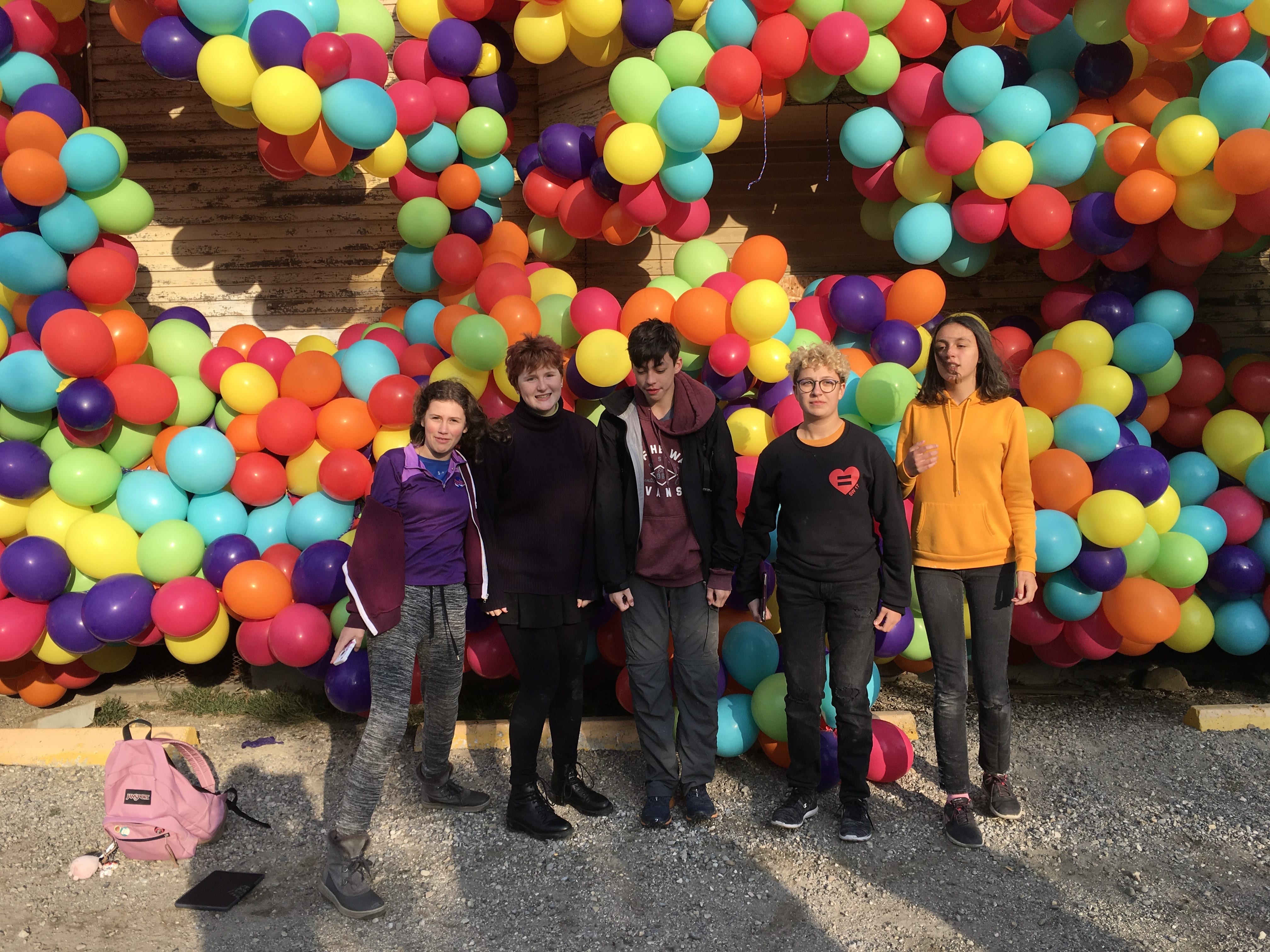






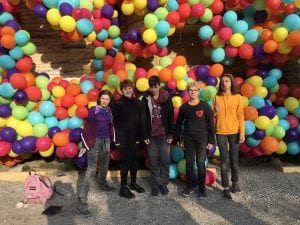
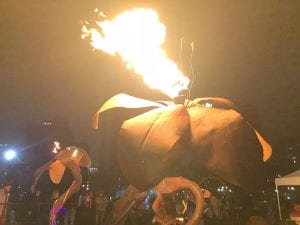
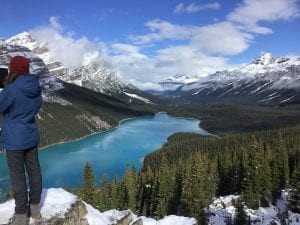

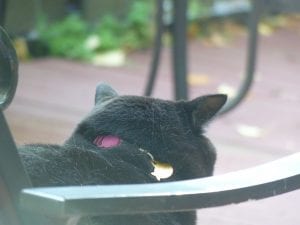
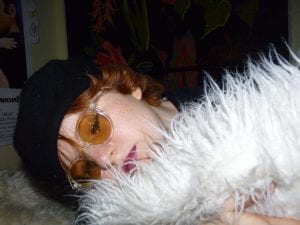
October 29, 2018 at 2:53 am
This is a meister post geez
October 29, 2018 at 3:11 am
Is that a good or bad thing